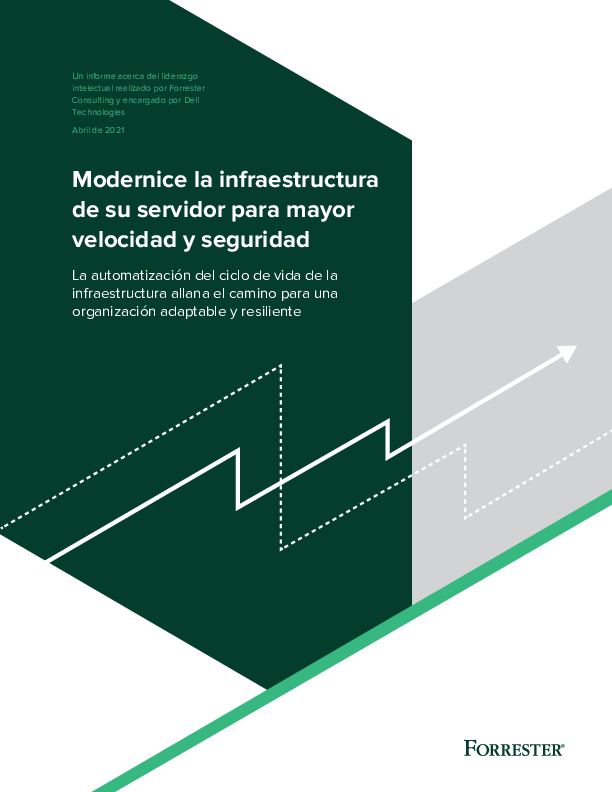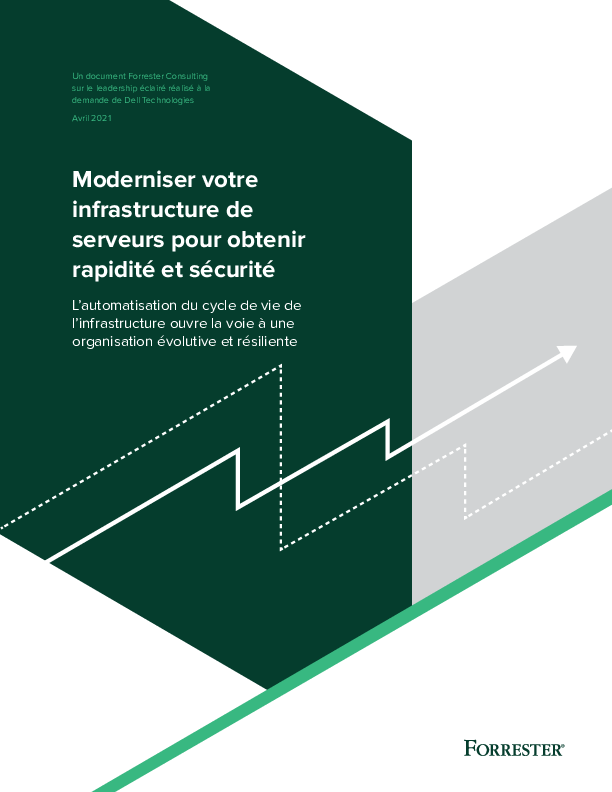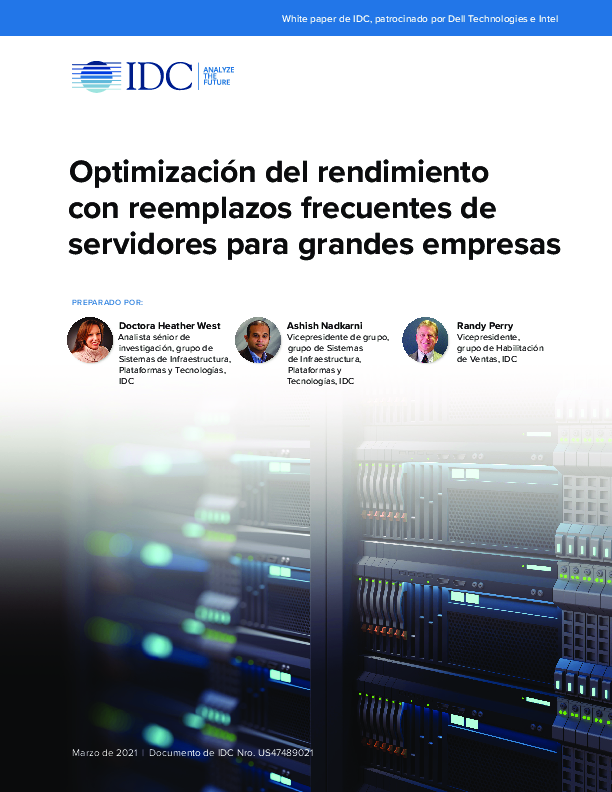What Businesses Need To Know About Prescriptive Analytics
Prescriptive analytics is a part of business analytics that is used to find the most appropriate course of action in various situations. Prescriptive analytics is associated with predictive and descriptive analytics. Prescriptive analytics finds the best outcome among many choices when all the parameters are known. Descriptive analytics provides an understanding of what has happened.
Perspective Analytics as a Tool for Decision Making
As a process-intensive task, the prescriptive method analyses possible decisions, the connections between those decisions, and the resulting consequences. When all that is examined, an outcome with an optimal course of action is prescribed in real time. However, prescriptive analytics is not foolproof. It is subject to the distortions that upend predictive and descriptive analytics such as data limitations and unforeseen external factors. The efficacy of predictive analytics also relies on how the decision model internalises the impacts of the decisions at hand.
The numerous improvements in computing speeds and the advancement of sophisticated mathematical algorithms used in the data sets have enhanced prescriptive analysis. Some of the techniques used in prescriptive analytics include simulation, optimisation, decision analysis, and game theory.
Benefits to Your Business
- Improving Performance: Prescriptive analytics can have an impact ranging from 2% to 5% in your annual revenue as profit.
- Risk Mitigation: With perspective analytics, you can identify and quantify risks that are associated with short-term and long-term decision making, and come up with risk mitigation measures.
- Tackling Planning Challenges: Prescriptive analytics can help you to make profitable decisions in the midst of business challenges.
- Increasing Productivity: The impact is averagely 15% to 20% higher or a 10% to 15% decrease in cost.
- Driving Agility: You can evaluate lots of scenarios and creating quicker approaches to making decisions.








